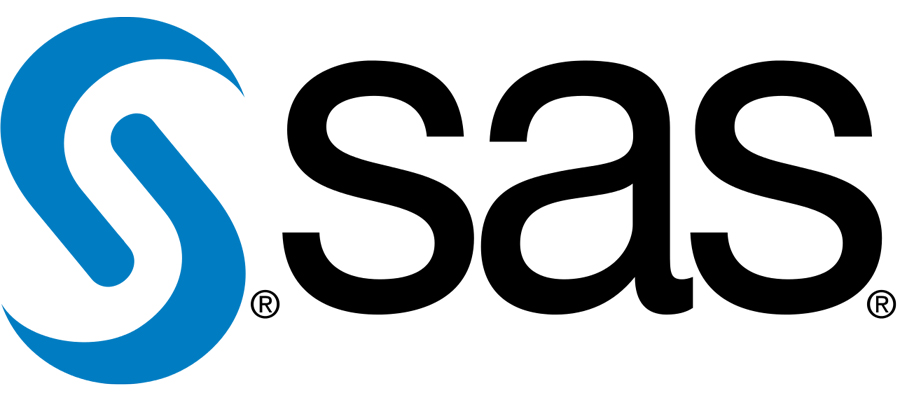Analytics for everyone, reducing AI bias, customer data in a cookieless future and more
Manila, Philippines – December 14, 2022– In business, technology, supply chains and more, what will be the most important trends to watch in 2023? SAS, the leader in analytics, asked executives across the company to make predictions for the new year. Here are some of their forecasts and spotlight trends:
Low-code analytics brings AI to the people
“In 2023, the concept of ‘analytics for everyone, everywhere’ will not only be a major trend to watch but also a critical way for businesses to achieve maturity in AI. As organizations continue to embrace machine learning, computer vision, IoT analytics and more to gain valuable insights, people of all skill levels will be empowered to participate in the analytics process through low- or no-code options.”
– Jared Peterson, Senior Vice President of Engineering
Examining human biases improves AI bias
“It’s widely understood and agreed upon that AI can be biased. In 2023, the industry will extend our beliefs to accept that biases are in us and around us; they are central to our humanness and influence how we make decisions. Developing AI that predicts and mitigates harmful biases is the first step to securing the necessary trust to move forward without replicating past mistakes.”
– Reggie Townsend, Director of Data Ethics Practice
Data deprecation is top of mind
“2023 will be the year that marketers respond to data deprecation. The imminent demise of third-party cookies in 2024 means brands must rethink their entire customer data strategy, from zero-party data through first- and second- to third-party data. The change presents an amazing opportunity for brands to divest themselves of poor marketing practices that relied on third-party cookies and develop closer, more trusted relationships with customers.”
– Jennifer Chase, Chief Marketing Officer
Financial services will double down on ESG
“Amid ongoing economic turbulence, one might expect financial institutions to pull back on environmental, social and governance (ESG) initiatives. But signs point to most banks staying the course or doubling down. A SAS-sponsored survey of 500 banking executives revealed that more than three-quarters believe financial services must address societal issues. Yet 64% of executives think banking lags behind other sectors in advancing ESG goals.”
– Alex Kwiatkowski, Director of Global Financial Services
Esports and blockchain will converge
“Blockchain and esports will continue to converge, and there will be blockchain-first-built games in the next 5-10 years. Esports now relies heavily on analytics, machine learning and AI to provide a professional experience for gamers and fans worldwide. From finding parity in players during matches and analyzing interactions inside each universe to tracking and promoting inventory you can buy – the data to analyze in gaming is endless and will continue to grow.”
– Bryan Harris, Chief Technology Officer
Industrial adoption of AI upskills the assembly line
“Organizations will increasingly add computer vision and other AI technologies that operations professionals can use within the industrial IoT environment, not just IT staff and data scientists. Computer vision initiatives will focus on yield improvement, operational efficiency and safety.”
– Jason Mann, Vice President of IoT
Real-time data storage replaces the data warehouse
“In 2023, we will continue to see organizations move away from traditional data warehousing to storage options that support analyzing and reacting to data in real time. Organizations will lean into processing data as it becomes available and storing it in a user-friendly format for reporting purposes. Whether a manufacturer monitors streaming IoT data from machinery or a retailer monitors e-commerce traffic, identifying real-time trends will help avoid costly mistakes and capitalize on opportunities when they present themselves.”
– Jay Upchurch, CIO
Digital twins improve supply chains, reduce climate impacts
“Climate change frequently obstructs supply chains by stifling the movement of commodities, rerouting freight and even stopping employees from traveling to work. Supply chain teams will use digital twins and simulation to speed up decision-making so they can respond more rapidly to the reality of the connected supply chain.”
– Dan Mitchell, Director of Global Retail & CPG Practice
Generalist data scientists become specialized
“In 2023, data scientists with industry-specific knowledge will be the most successful in meeting business demand and expectations, and we will see data scientists seek specialized training.”
– Marinela Profi, Data Scientist and Product Lead for Analytics & ModelOps
Diverse, equitable and inclusive work culture drives huge business impact
“Companies will rely more on the HR people and analytics teams to understand their people data and analytics to create workforce plans. Companies need data to understand what skills they have, what are required to drive business initiatives and where to skill up to inform their learning and development strategies. Data will also help ensure that diversity, equity and inclusion are part of a company’s business strategy beyond HR.”
– Jenn Mann, Chief HR Officer
[For additional details and more predictions, please see the SAS blog post Remaining resilient: Our 2023 analytics predictions.]
This spring, you can explore these trends and see how the SAS predictions are faring. On May 8-10, 2023, more than 1,000 business decision makers and analytics experts will gather in person at SAS Innovate in Orlando, Fla. Attendees will experience more than 60 curated sessions, keynotes and roundtables, while networking with fellow analytics enthusiasts. Visit SAS Innovate to learn more.
Liked this post? Follow SwirlingOverCoffee on Facebook, YouTube, and Instagram.


